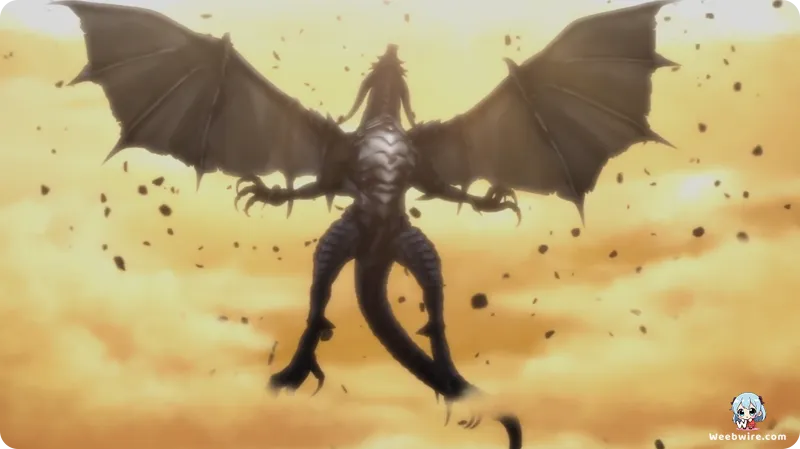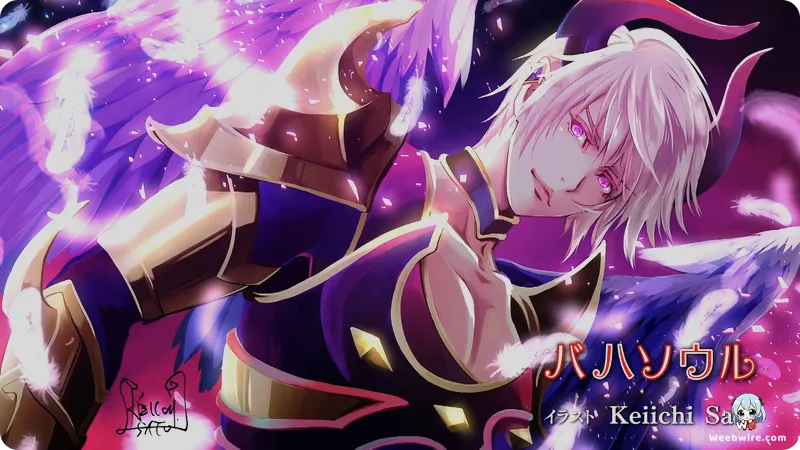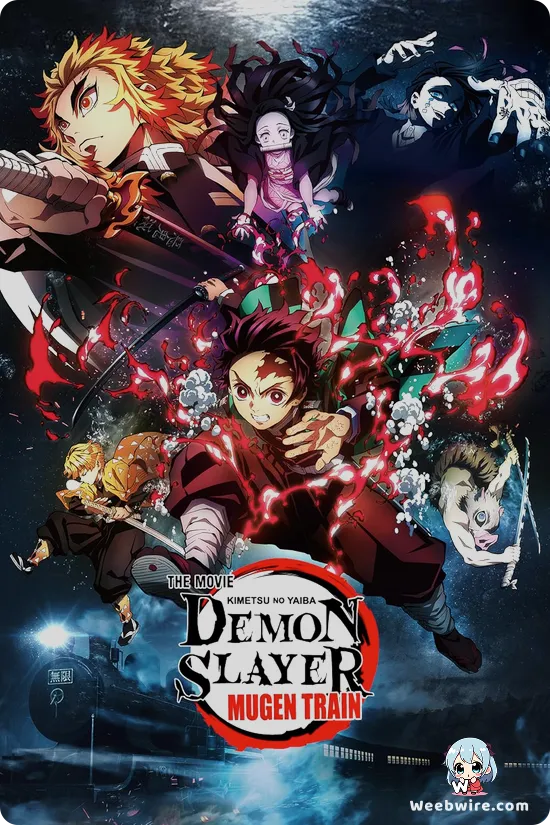Rage of Bahamut: Genesis - Revisiting MAPPA's Groundbreaking Fantasy Epic

Exploding onto the anime landscape in October 2014, Rage of Bahamut: Genesis was far more than just another fantasy series; it was a stunning declaration of Studio MAPPA's burgeoning prowess and a testament to the unexpected heights an animation studio could reach. Few anticipated a high-fantasy epic of this caliber to emerge from a digital card battle game, yet MAPPA, then an ascendant force in animation, decisively shattered all expectations, crafting a narrative masterpiece that continues to captivate. This deep dive uncovers the compelling facts and behind-the-scenes trivia that solidify Rage of Bahamut: Genesis as a cherished benchmark in anime craftsmanship.
Original Storyline and Adaptation
At its core, the series’ most remarkable aspect is its unlikely genesis: an adaptation of Cygames' wildly popular social card game, Rage of Bahamut (Shingeki no Bahamut). While game-to-anime transitions often falter in weaving cohesive narratives, MAPPA adopted a visionary strategy. They forged an entirely original storyline, meticulously set within the game's expansive and intricate lore. This creative liberty, expertly guided by writer Keiichi Hasegawa, proved instrumental, allowing the anime to flourish with a compelling, self-contained plot unburdened by the constraints of a game's pre-existing character arcs or episodic structure. This bold decision transformed what could have been a mere promotional tie-in into a celebrated standalone saga.
MAPPA's Breakthrough
The series undeniably marked a pivotal moment for Studio MAPPA. By 2014, while the studio had already garnered acclaim for works such as Kids on the Slope and Terror in Resonance, Rage of Bahamut: Genesis emerged as their definitive international breakout. It powerfully showcased their immense capabilities for large-scale action sequences and sophisticated world-building, firmly establishing them as a studio capable of delivering cinematic-quality animation consistently. For many fans, Genesis was the moment MAPPA truly arrived, setting a formidable new standard for game adaptations and, more broadly, for contemporary fantasy anime.
Western Fantasy Influences
Aesthetically and thematically, Rage of Bahamut: Genesis boldly embraces Western fantasy influences. Unlike many anime that draw from Eastern mythology or established JRPG tropes, Genesis immerses viewers in a distinctly European medieval fantasy setting, replete with grizzled bounty hunters, formidable sorcerers, celestial warriors, and menacing demonic overlords. This harmonious fusion of familiar Western archetypes with a unique Japanese animation sensibility birthed a fresh and enthralling world. The narrative itself unfolds as a quintessential quest, traversing diverse landscapes and introducing a rich tapestry of creatures and cultures, all contributing to a grand, epic scope rarely witnessed in anime of its era.
Memorable Characters
The series' characters are equally enchanting. Favaro Leone, the charismatic yet cynical bounty hunter, immediately won audiences over with his distinctive red afro and mysterious demonic arm. His destined companion, Amira, an enigmatic half-demon, half-angel, provides an equally compelling presence, her innocence and immense power serving as a central driving force. Their evolving relationship, alongside the steadfast knight Kaisar Lidfard and the vengeful demon Azazel, creates a rich tapestry of personal journeys intricately interwoven with world-altering events. Naoyuki Onda's character designs are particularly noteworthy, endowing each individual with a unique and memorable visual identity that resonates years later.

Exceptional Animation Quality
Beyond its compelling narrative and unforgettable characters, the animation quality of Rage of Bahamut: Genesis garners consistent praise. MAPPA's unwavering dedication to fluid, dynamic action sequences shines through in every battle, from breathtaking aerial dogfights involving dragons and angels to visceral sword clashes and magical duels. The visual spectacle is consistently awe-inspiring, featuring meticulously detailed backgrounds, expressive character animation, and impressive special effects that breathe life into the fantasy realm. The intricate attention to detail, from elaborate armor designs to the sweeping panoramas of Mistarcia, significantly enhances the immersive experience. This sustained level of high-quality animation was a rarity for a television series and cemented Genesis as a visual benchmark.
Impactful Musical Score
The anime's profound impact is further amplified by its sensational musical score, composed by Yoshihiro Ike. The sweeping orchestral arrangements perfectly complement the narrative's grand scale. From triumphant fanfares accompanying heroic moments to poignant melodies underscoring somber scenes, the music elevates every facet of the series, drawing viewers deeper into its fantastical domain. The iconic opening and ending themes, Ignite by SiM and Exit by Shimizu Shota, respectively, also received widespread critical acclaim, becoming integral to the Rage of Bahamut: Genesis experience.
Legacy and Sequel
The overwhelming popularity and critical success of Rage of Bahamut: Genesis directly led to the production of its sequel, Rage of Bahamut: Virgin Soul, a clear testament to its enduring appeal and profound influence on the anime community. While this article focuses on the original Genesis, its ability to spawn a direct continuation speaks volumes about how effectively its original story, breathtaking visuals, and memorable characters resonated with a global audience. It unequivocally proved that a masterfully executed original narrative, even when derived from a game, could transcend its origins and evolve into a standalone masterpiece.
In summation, Rage of Bahamut: Genesis transcends being merely a stellar anime; it stands as a compelling case study in creative adaptation and studio ambition. Its original narrative, surprising game origins, pioneering role for MAPPA, distinctive Western fantasy flavor, captivating characters, and unparalleled animation quality collectively contribute to its lasting legacy as a truly remarkable series. It remains a vibrant exemplar of how innovative storytelling and exceptional production values can transform an unexpected premise into an unforgettable adventure, proving that sometimes, the most surprising stories originate from the most unforeseen places.
Credits
Rage of Bahamut: Genesis
Author
Cygames
Cover Art
Naoyuki Onda
Studio
MAPPA
Publisher
Cygames
Producers





